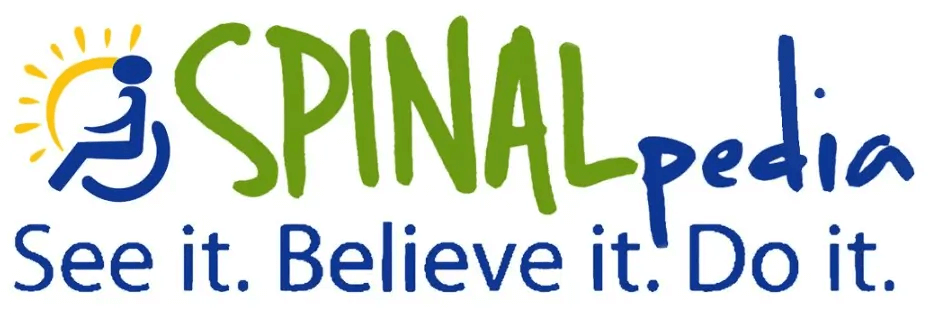Complete vs. Incomplete
When a spinal cord is damaged, the severity of the damages are critical to understanding the nature of the injury. The severity of spinal cord damages can range from being severed in half to simply being bruised. The more severe the damage is to the spinal cord, the more serious the person’s spinal cord injury symptoms will be. Read below to learn more about the difference between two important classifications of spinal cord injuries: Complete and Incomplete.
Complete: A complete spinal cord injury refers to the spinal cord being completely torn in half or being so severely damaged that nerve signals can no longer function within the injured area. With a complete spinal cord injury, there is no sensation or mobility below the level of damage. Many people who sustain spinal cord injuries in car accidents or motorcycle accidents tend to have complete injuries.
Incomplete: An incomplete injury refers the spinal cord being only partially damaged, with some nerve signals being able to work within the injured area. This type of injury occurs in cases of bruised or partially torn spinal cords. The injured person’s remaining nerve strength depends on the severity of the injury and where exactly the damages occurred on the spinal cord. Symptoms from incomplete injuries can greatly vary. Many people with incomplete injuries may even regain the ability to walk, but will still experience lifelong effects of paralysis.
Spinal Cord Injury Levels
The type of spinal cord injury you sustain—Complete vs. Incomplete—is important to understanding the nature of your injury. Another factor to consider while learning about spinal cord injuries is the level of injury. The level of injury, meaning the location of the damage to the spinal cord, greatly affects the symptoms that people with SCIs experience.
There are four sections of the spinal cord, with the lowest part of the spinal cord (the tailbone) considered as a separate, fifth section. These four sections are the neck, the upper mid back, the lower back, and the pelvis. The spinal cord is encased beneath these vertebrae. The higher up you injure your spinal cord, the more severe your injury is and the less sensation and mobility you will have. For example, Christopher Reeve injured his spinal cord at the very top of his spinal column, which is why he could not move or feel anything below his neck and required the use of a ventilator. Below is a list of each level of the spinal cord, along with what parts of the body are affected at that level of spinal cord injury:
Neck:
C1-C2: Tongue, neck and throat muscles; neck movement and swallowing.
C3: Diaphragm muscle; breathing.
C4: Diaphragm and trapezius muscles; breathing and shrugging.
C5: Biceps and shoulder muscles; bending and lifting the arm.
C6: Wrist muscles; bending the wrist towards the hand.
C7: Tricep muscles; straightening the elbow.
C8: Index, thumb and middle finger muscles; grabbing objects.
Upper-Mid Back:
T1: Pinky, ring finger muscles; finger movement.
T2-T12: Chest, abdominal muscles; posture and sitting upright
Lower Back:
L1-L2: Hip muscles; lifting the leg.
L3-L4: Knees and ankle muscles; walking.
Pelvis:
S1: Leg, toes, anus, and bladder muscles; walking, bladder and bowel function.
S2-S5: Anus, bladder, and genitals; bladder, bowel and sexual function.
– SCI levels in color!
https://spinalpedia.com/photo/eJlDwgq3DWB
– Watch: Levels of Function in Spinal Cord Injury https://spinalpedia.com/video/ma74yZ8YDbK

https://en.wikipedia.org/wiki/Spinal_cord_injury#/media/File:Dermatoms_alt.svg









